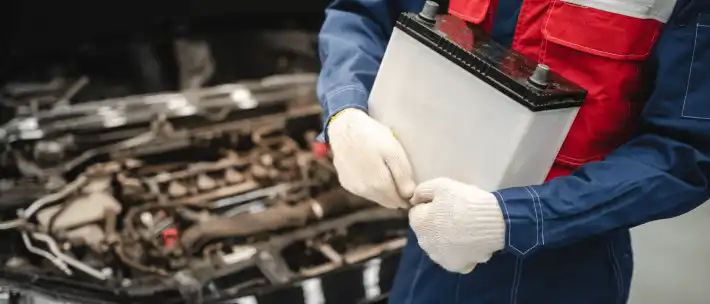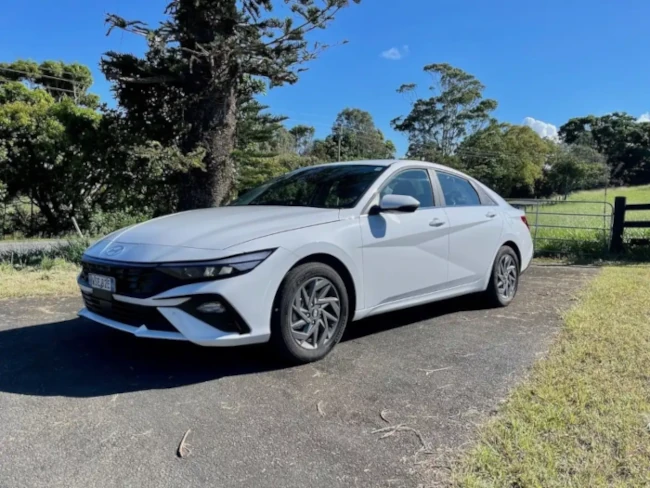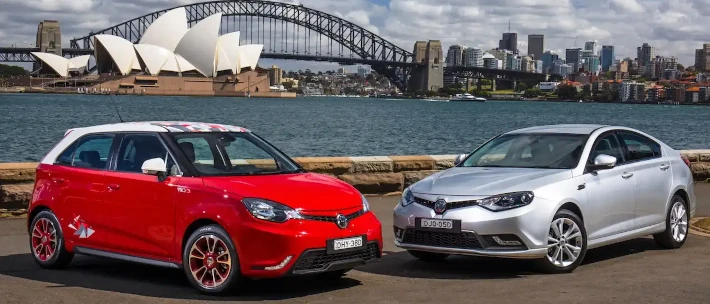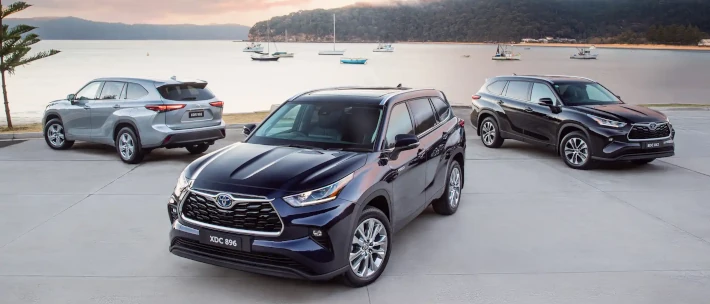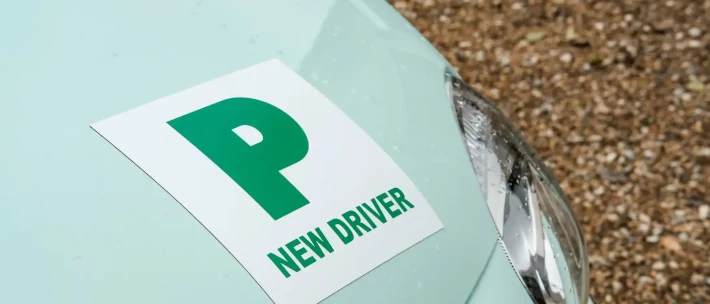The great news is that learning how to change a car battery is a simple task, and doesn’t require any real mechanical knowledge to get the job done, so long as you’re aware of a few important steps and safety concerns.
Join us as we take a closer look at how to quickly and safely change a car battery, which is applicable for all types of vehicles, from cheap-and-cheerful hatchbacks to sports cars and large SUVs.
What are the Signs of a Bad or Ageing Car Battery?
Some of the most common symptoms of a bad or ageing car battery that needs to be changed include:
- Car is difficult to start or noticeably slow to ‘turn over’
- The vehicle makes a clicking noise while starting
- Dim headlights or indicators
- Warning lights on the instrument cluster
- Corrosion around the battery terminals
- A swollen battery, or signs of any leakages
What Tools or Equipment Do You Need to Change a Car Battery?
Thankfully, the process of changing a car battery is a simple task that requires very little in the way of tools, just some simple hand tools and some basic protective equipment. You’ll need:
- Insulated rubber gloves
- Protective eyewear
- Adjustable spanner, wrench or a socket wrench
- A replacement battery
- Lithium grease
Remember to remove any metallic jewelry you might be wearing at the time, like watches and rings that could create a spark.
If you’re not confident, we recommend talking with, or using the services of a professional mechanic to ensure you don’t do any damage to the vehicle, engine bay, battery or yourself.
How to Change a Car Battery
Now that you’ve got the right equipment, let’s quickly map out all the necessary steps you’ll need to take while changing a car battery.
- Lift the bonnet and access the battery (this may be in the boot of some European cars)
- If the battery is held in place by a mounting bracket, unscrew these
- Unscrew and disconnect the negative (black) cable first, which prevents short-circuits
- Disconnect the positive (red) cable
- Remove the old battery
- If needed, use a cloth or light sandpaper to remove any corrosion on replacement battery
- Fit the new battery into place
- Apply a small amount of lithium grease to the battery terminals
- Reconnect the vehicle’s positive cable to the battery terminal, clamp tight
- Reconnect and tighten the negative cable to the battery terminal
- Reinstall and tighten any mounting or securing brackets
- Put keys in the ignition and ensure battery is working before closing the bonnet
How to Find the Right Replacement Battery
It’s essential that when you’re changing a car’s battery, you fit a replacement battery that is right for your vehicle, which can help eliminate other electrical faults and ensure it works properly from the minute you’ve done the replacement.
You can find the recommended specifications for a replacement battery with the help of your owners handbook, where the manufacturer maps out the ideal size, capacity and discharge specs for your vehicle.
You can also find this information online, but it’s important you get it from an official and reputable source to avoid any potential problems.
How to Jump-Start a Car Battery
If you’ve made a simple error of leaving your lights or stereo system on overnight and your vehicle has a relatively new battery, there’s no need to change the battery.
Instead, simply jump-starting the vehicle with another car and a set of cables allows you to start your engine and, if your alternator is working properly, charge your battery so you’re back on track.
A Quick Guide to Jump-Starting Your Car Battery
- Park the ‘rescue’ vehicle close to the car with the dead battery
- Open the bonnet and locate the battery terminals
- Identify the positive and negative battery terminals
- Connect the red cable to the dead battery’s positive terminal
- Connect the red cable to the positive terminal of the functioning vehicle
- Connect the black cable to the negative terminal of the functioning vehicle
- Connect the black cable to a metallic grounding surface to avoid sparks.
- Start the functioning car and run for five minutes
- Start the car with the dead battery
- Remove jumper leads (black grounded cable first, then negative terminal)
- Remove jumper leads from positive terminal on working vehicle, then the final terminal
- If the vehicle starts, be sure to drive it for at least 30-minutes so the alternator can charge
It’s important to, wherever possible, refer to the ownership manual about the manufacturer’s recommendation for changing and jump-starting car batteries.
What are the Signs of a Bad Battery?
There are a heap of different electrical problems that can stem from a dead or dying battery, with the most common being very noticeable.
If you’re turning the key in the ignition and there’s no lights on the dashboard’s instruments, and there’s no response from the engine, you more than likely have a bad battery.
How Long Does a Car Battery Last?
The lifespan of your car battery depends on a variety of things, namely the quality of the battery, whether there are any partial-discharging issues from a battery connection being vibrated, extreme heat and cold temperature exposure, under- and over-charging of the battery and rust on the terminals.
As a result, it’s impossible to say exactly how long a car battery will last in your vehicle, however, the average lifespan of a battery is anywhere between two-to-four years.
Request a Quote
If you’re in the market for a new car, or you’re looking to trade in your current vehicle to upgrade to the car of your dreams, click here to get a quick and free quote or to speak with one of our car-buying experts.
Need help narrowing down your choices?
Get in touch with one of our Car Buying Specialists today
Request a quote